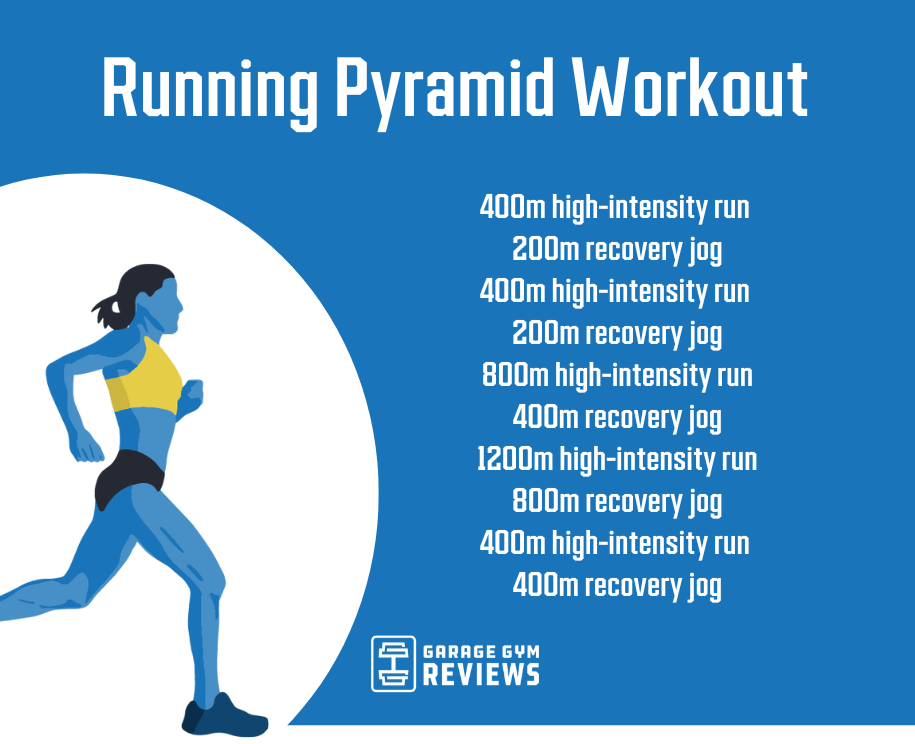Optimize Your Running Workout: Professional Strategies Introduced
Optimize Your Running Workout: Professional Strategies Introduced
Blog Article
The Ultimate Overview to Managing Pain When Running
For joggers, experiencing discomfort throughout runs is not unusual, and knowing exactly how to properly take care of and stop it can make a considerable difference in your total performance and satisfaction of the sporting activity. Whether you are a skilled marathoner or just beginning your running journey, understanding the various kinds of pain that can emerge and the methods to address them is essential. From pre-run warm-up regimens to appropriate footwear selection, there are various elements to take into consideration when it pertains to taking care of discomfort while running. This thorough overview will certainly equip you with the knowledge and devices necessary to navigate via the pain and equip you to attain your running objectives with greater simplicity.

Recognizing Different Kinds Of Running Pain
When running, it is vital to distinguish between various sorts of discomfort to stop injuries and make best use of efficiency (Read More). One usual type of discomfort that runners may experience is muscular tissue pain, which generally occurs from the stress and anxiety placed on muscle mass throughout workout. This kind of discomfort is commonly a normal part of the running procedure and can be handled via appropriate workout, cool-down, and extending routines
Another kind of discomfort to be knowledgeable about is joint pain. Joint pain can indicate problems such as overuse, inappropriate type, or underlying conditions like joint inflammation. Overlooking joint discomfort can result in more serious injuries, so it is essential to attend to any discomfort without delay and potentially look for professional suggestions.
Furthermore, sharp or stabbing discomforts ought to not be neglected. These kinds of pain can signify severe injuries such as stress, strains, or tension cracks - running workout. Continuing to run with these kinds of pain can aggravate the injury and prolong recuperation time

Pre-Run Warm-Up and Stretching Routine
To prepare the body for a running session, implementing an effective pre-run workout and stretching regular is important. An appropriate warm-up aids increase blood flow to the muscular tissues, enhances flexibility, and reduces the danger of injury throughout the run. Start with vibrant stretches like leg swings, arm circles, and high knees to progressively raise your heart rate and chill out the muscle mass. Dynamic extending aids imitate the movements you'll be doing while running, preparing your body for the task in advance. Follow this with fixed stretches focusing on significant muscular tissue teams such as the hamstrings, quadriceps, calf bones, and glutes. Hold each go for about 15-30 seconds without jumping to advertise muscular tissue relaxation and flexibility. Keep in mind to pay attention to your body and readjust the intensity of your warm-up based on your physical fitness level and any type of pre-existing conditions. By integrating a consistent pre-run workout and stretching routine right into your running routine, you can maximize performance and lessen the danger of discomfort or injury.
Correct Footwear Option and Fit
Selecting ideal footwear that fits well is vital for runners to stop discomfort and reduce the threat of injuries. Uncomfortable footwear can bring about sores, black nails, shin splints, and other unpleasant conditions that can impede performance and sideline training. When picking running shoes, it is necessary to consider factors such as foot kind, running gait, arch assistance, padding, and shoe dimension. running workout. Going to a specialized running store for a stride evaluation and specialist fitting can help make sure that you select the right footwear for your private requirements. Running shoes ought to give ample support and security while also being comfortable and light-weight. In addition, it is find out suggested to replace your operating footwear every 300-500 miles to maintain appropriate cushioning and support. Buying high-grade footwear that is suitable for your running design and foot anatomy is an aggressive action in the direction of preventing discomfort and injuries throughout your runs.
Nourishment and Hydration Tips for Pain Prevention

Hydration is just as critical for runners to avoid cramps, dehydration, and other discomforts that can lead to pain during running. By prioritizing nourishment and hydration, joggers can improve their performance, minimize pain, and appreciate a more comfy running experience.
Post-Run Recuperation Techniques to Reduce Discomfort
Executing efficient recovery strategies is vital for reducing discomfort and advertising muscular tissue healing after running sessions. Furthermore, topping aching locations for 15-20 minutes can assist reduce swelling and numb discomfort post-run.
Moistening sufficiently post-run is critical for renewing fluids shed during exercise and assisting in muscle mass recovery. Eating a balanced treat or dish that consists of protein and carbs within 30 minutes of completing a run can assist fix muscle mass tissue and renew energy shops. Furthermore, getting adequate rest is important for permitting the body to repair and reinforce muscle mass. Integrating active recuperation tasks such as light strolling or swimming can likewise help promote blood circulation and minimize muscular tissue rigidity - Read More. By integrating these post-run recovery techniques right into your regimen, you can efficiently take care of pain and enhance your running efficiency.
Final Thought
To conclude, dealing with different kinds of running discomfort with appropriate warm-up, extending, shoes choice, nourishment, hydration, and post-run recuperation methods is essential for discomfort prevention and management. By understanding the sources of pain and carrying out these strategies, runners can lessen discomfort and possible injuries. It is important to focus on general physical health and health to ensure an effective and enjoyable running experience.
Report this page